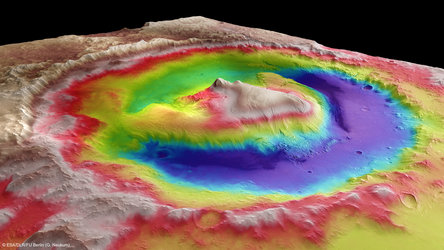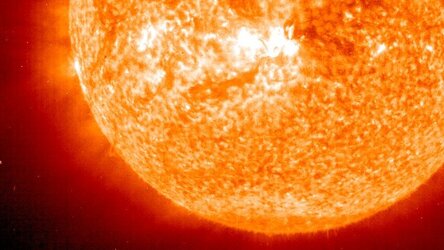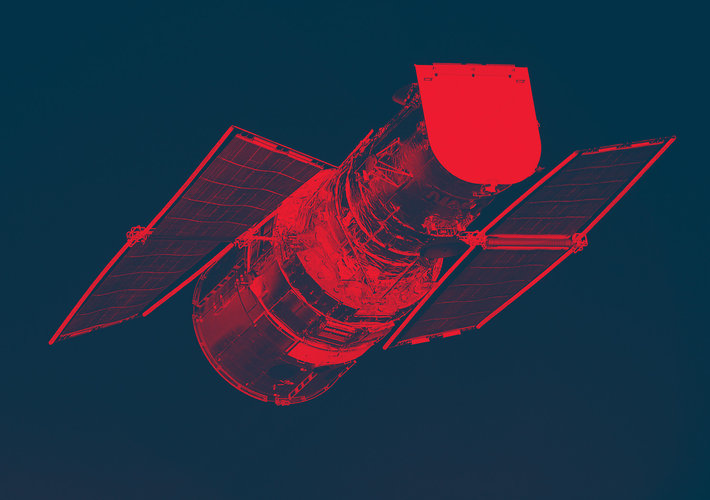Sunset in Mordor
Don’t be fooled by the title; the mysterious, almost mystical bright light emerging from these thick, ominous clouds is actually a telltale sign of forming stars.
Here, a very young star is being born in the guts of the dark cloud LDN 43 – a massive blob of gas, dust and ices, gathered 520 light-years from Earth in the constellation of Ophiuchus, The Serpent Bearer.
Stars are born from cosmic dust and gas, which float freely in space until gravity forces it to bind together. The newborn star, RNO 91, is hidden in this image, revealed only by light reflected onto the plumes of the dark cloud. It is what astronomers call a pre-main sequence star, meaning that it has not yet started burning hydrogen in its core.
The energy that allows RNO 91 to shine comes from gravitational contraction – the star is being compressed by its own weight. Once a critical mass is reached, hydrogen, its main component, will begin to fuse together, releasing huge amounts of energy in the process. This will mark the beginning of adulthood for the star.
But even before this happens the adolescent star is bright enough to shine and generate powerful stellar winds, emitting intense X-ray and radio emission.
RNO 91 is a variable star around half the mass of the Sun. Astronomers have already seen a dusty, icy disc surrounding it, stretching out to over 1700 times the distance from Earth to the Sun. It is believed that this disc may host planet embryos, and that it will eventually evolve into a fully-fledged planetary system.
This image is based on data gathered by the NASA/ESA Hubble Space Telescope. A version of this image was entered into the Hubble’s Hidden Treasures image processing competition by contestant Judy Schmidt















 Germany
Germany
 Austria
Austria
 Belgium
Belgium
 Denmark
Denmark
 Spain
Spain
 Estonia
Estonia
 Finland
Finland
 France
France
 Greece
Greece
 Hungary
Hungary
 Ireland
Ireland
 Italy
Italy
 Luxembourg
Luxembourg
 Norway
Norway
 The Netherlands
The Netherlands
 Poland
Poland
 Portugal
Portugal
 Czechia
Czechia
 Romania
Romania
 United Kingdom
United Kingdom
 Slovenia
Slovenia
 Sweden
Sweden
 Switzerland
Switzerland






























